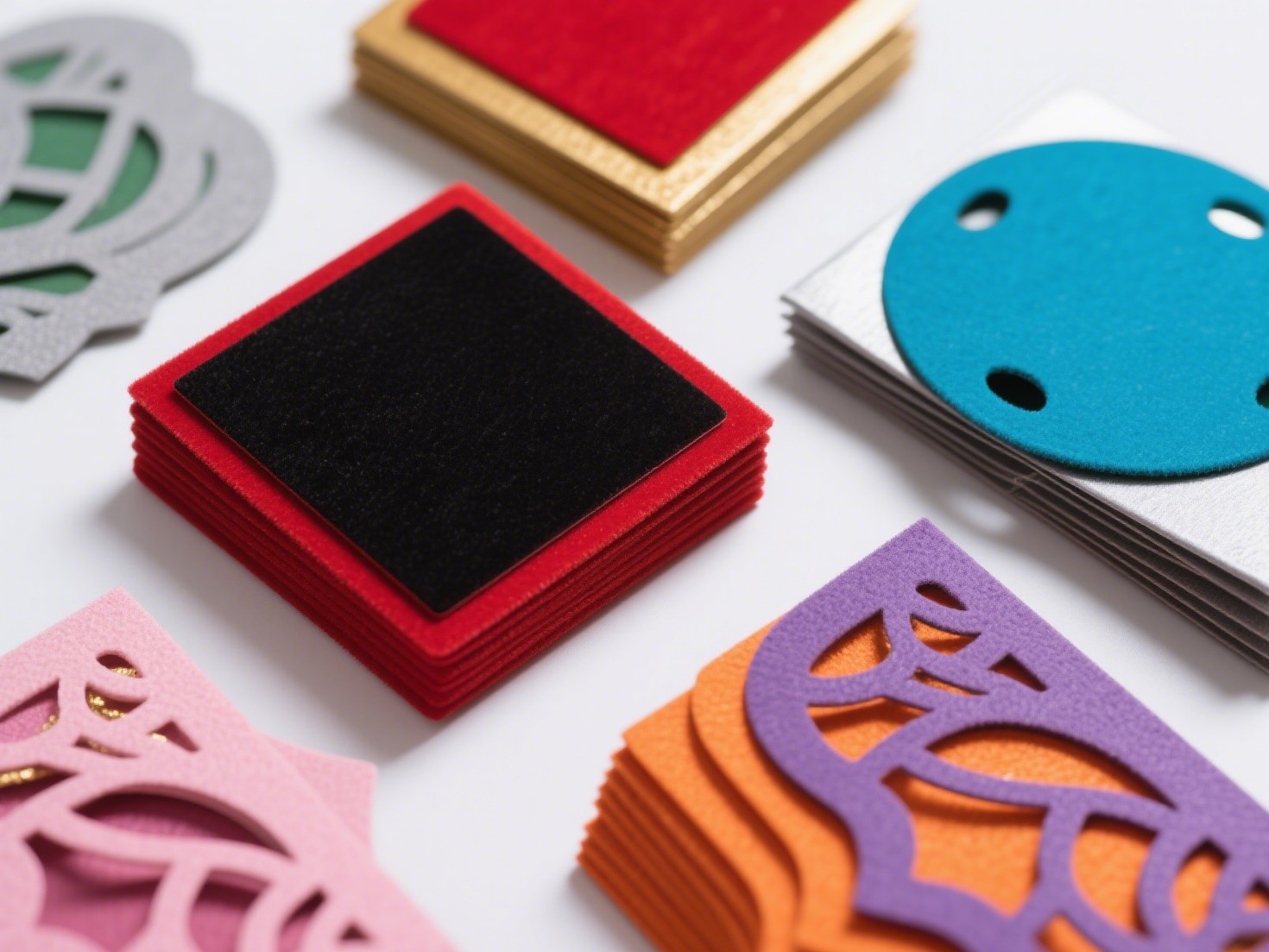Diodes are fundamental components in the world of electronics, serving as one-way valves for electrical current. Whether you are troubleshooting a circuit, designing a new device, or simply expanding your knowledge of electronic components, understanding how to test a diode is essential. This guide will delve into the various methods of testing diodes, the tools required, and the nuances that can help you achieve accurate results.
Understanding Diodes: The Basics
Before diving into testing methods, it’s crucial to understand what a diode is and how it functions. A diode allows current to flow in one direction while blocking it in the opposite direction. This property makes diodes essential in applications such as rectification, signal modulation, and voltage regulation. Common types of diodes include silicon diodes, Schottky diodes, Zener diodes, and light-emitting diodes (LEDs), each with unique characteristics and applications.
Tools Required for Testing Diodes
To effectively test a diode, you will need a few essential tools:
- Digital Multimeter (DMM): A versatile instrument that can measure voltage, current, and resistance. Most DMMs have a dedicated diode testing mode.
- Oscilloscope (optional): For more advanced testing, an oscilloscope can provide insights into the diode's behavior under varying conditions.
- Power Supply: A variable power supply can be useful for testing diodes under different voltage conditions.
Method 1: Using a Digital Multimeter
Step-by-Step Procedure
- Set the Multimeter: Turn on your digital multimeter and set it to the diode testing mode. This mode typically displays a diode symbol on the screen.
- Connect the Probes: Connect the red probe to the anode (positive side) and the black probe to the cathode (negative side) of the diode.
- Read the Measurement: A good diode will show a forward voltage drop, typically between 0.6V to 0.7V for silicon diodes and around 0.2V for Schottky diodes. If the multimeter displays a reading of OL (over limit), the diode may be open (faulty).
- Reverse the Probes: Now, switch the probes (red to cathode and black to anode). A functional diode should show OL in this configuration, indicating it is blocking current in the reverse direction.
- Interpret the Results: If the diode conducts in both directions or shows no reading in either direction, it is likely defective and should be replaced.
Method 2: Testing with a Power Supply
For more thorough testing, especially with Zener diodes or when you need to observe behavior under load, a power supply can be employed.
Step-by-Step Procedure
- Set Up the Circuit: Connect the diode in series with a resistor to a variable power supply. Ensure the resistor value is appropriate to limit current to safe levels.
- Apply Forward Voltage: Gradually increase the voltage from the power supply while monitoring the current. A healthy diode will start conducting at its forward voltage rating.
- Measure Reverse Breakdown: Reverse the connections and slowly increase the voltage until the diode enters breakdown. For Zener diodes, this is the point where it regulates voltage. Note the breakdown voltage for reference.
- Analyze the Results: Compare the measured values against the diode's specifications. Deviations may indicate a malfunction.
Common Issues and Troubleshooting Tips
- Intermittent Conductivity: If a diode shows inconsistent readings, it may be failing under load. Consider replacing it.
- Temperature Effects: Diodes can behave differently at varying temperatures. Ensure your tests are conducted at room temperature for consistency.
- Check for Parasitic Components: Ensure that other components in the circuit are not affecting your readings. Isolate the diode for accurate testing.
Conclusion
Testing a diode is a straightforward yet crucial skill for anyone working with electronics. By utilizing a digital multimeter or a power supply, you can effectively determine the health of a diode and ensure your circuits function as intended. Understanding the nuances of diode testing not only enhances your troubleshooting skills but also deepens your appreciation for the intricate world of electronic components. Whether you are a hobbyist or a professional, mastering these techniques will undoubtedly elevate your expertise in electronics.


